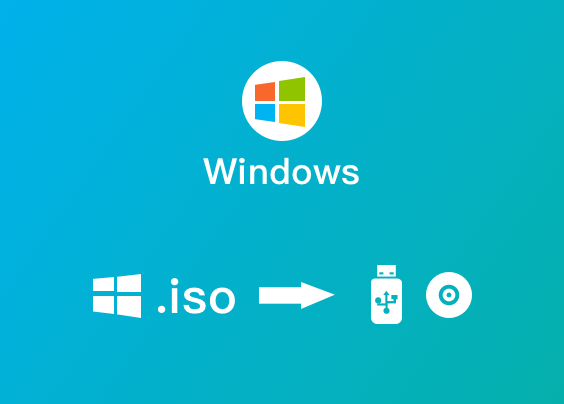
- How to copy windows 7 dvd to usb bootable how to#
- How to copy windows 7 dvd to usb bootable install#
Select the disk, clean it, create a primary partition, then select this active primary partition to format in FAT32 file system, assign this partition to the disk, and voila there you have a UEFI disk. Use a USB pen drive with at least 4 GB capacity.ĭisk 0 is usually the default system disk, so select the proper USB disk (from list disk). Follow a sequence of commands to format your DVD or USB Drive as illustrated below. Open Command Prompt with Admin access, then diskpart.
How to copy windows 7 dvd to usb bootable how to#
Here is how to create an UEFI bootable USB or DVD in an easiest way for Windows 8 installation. Initially installing Windows 8 or 10 can be slightly difficult for computing neophytes as this involves a different way to create an UEFI bootable USB drive or DVD, the formatting of which should be done via command line.
How to copy windows 7 dvd to usb bootable install#
However, bootable DVDs and USB drives created with this application doesn’t work if you’re going to install Windows 8 in SSDs (not sure if newer HDDs demand this.) So, the solution to create an UEFI bootable USD drive for Windows 8 or 10. One of the most used applications to create a bootable Windows 7 USD /DVD is Windows 7 USD/DVD Download Tool which enables you to easily create bootable DVD or USB Keys for Windows 7 installation from the ISO file, this also works with Windows 8 installation ISO file provided that you are creating a bootable USB/DVD from a traditional HDD-installed Windows 7 and Windows 8. While in traditional approach, users can simply use many tools to make Windows bootable USB drives and DVDs, this isn’t easy with SSDs. BIOS booting options for UEFI USB Device, DVD/CDROM & EFI Network What are SSDs? Solid-state drives do not retain any kind of DISK inside them rather SSDs are mare electronic logic integrated circuitry (ICs) that holds significant amount of persistent data inside them bringing the fastest possible read-write technologies of data transfer. This method of creating bootable Windows 10 USB drive equally applies whether you have SSD or HDD and an UEFI or not.

Read top 10 features of Windows 8 before proceeding. This is upto the technological advancements brought in by SSDs that Windows 8 boots in a couple of seconds, however, this comes with little complexities for end users to directly operate on SSDs – one of them being the “ UEFI bootable USB drive for Windows 10“. Windows OS since Windows Vista support SSDs. If you have recently purchased a new laptop, then you are likely not to use traditional Hard disk (HDD) rather SSD (Solid State Drives). Most of the new and upcoming laptops that includes a trend of Windows 10 convertible hybrid devices and line of ultrabook series notebooks deploy thinnest form of storage drive in them – Solid State Drives.


 0 kommentar(er)
0 kommentar(er)
